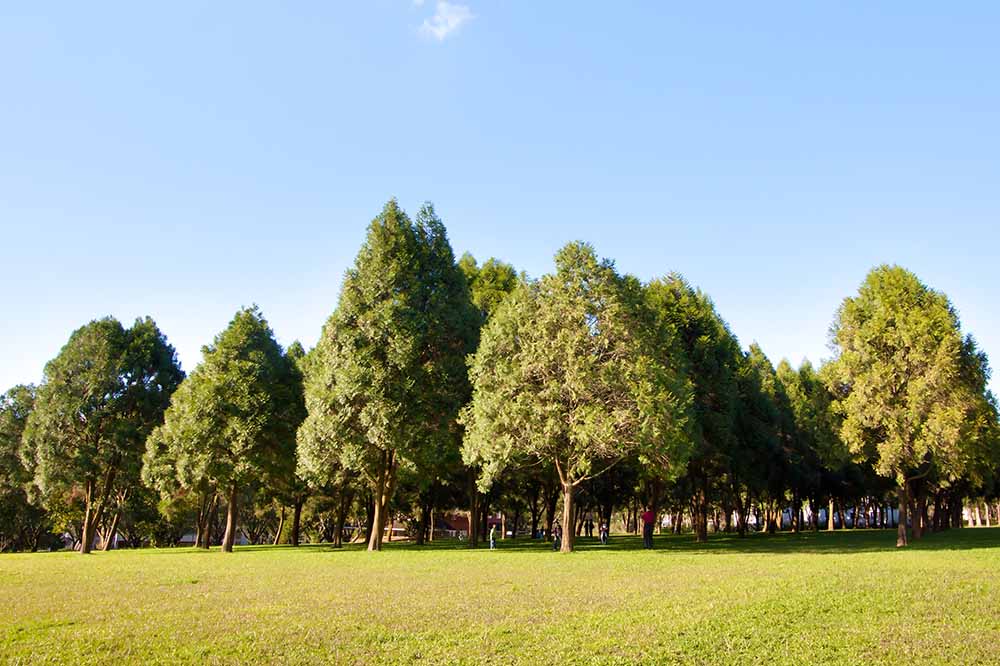Crown Reduction
Mature trees need periodic pruning to thin the crown, remove dead wood, reduce the "sail" effect, and correct crossed or rubbing branches. We use the following industry-recognized methods for pruning and height reduction of large trees:
- Crown cleaning provides selective removal of dead, dying, diseased or weak branches.
- Crown thinning is the selective removal of healthy, live branches to increase light penetration, air movement and reduce weight.
- Crown raising consists of the removal of lower tree branches for clearance.
- Crown reduction is the removal of live or dead branches to reduce the trees height or spread and the risk of storm damage.
- Dead wooding is the removal of the tree's deadwood to improve safety and aesthetics. It is also disease prevention since deadwood offers a prime entry point for pathogens like bacteria and fungi.
The best time to prune is when the tree is dormant. Dormancy occurs after the leaves have fallen off in the autumn and before spring buds begin to swell. Pruning when the leaves are off provides a better view and idea of how pruning will affect the shape of a tree.




